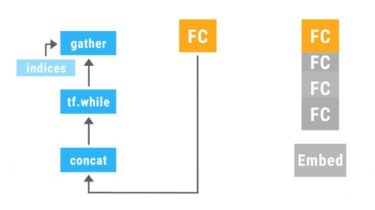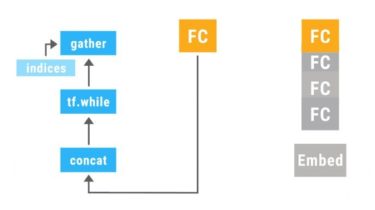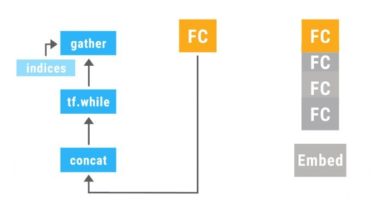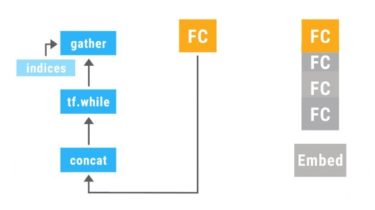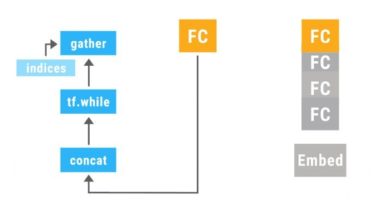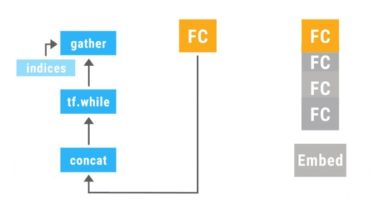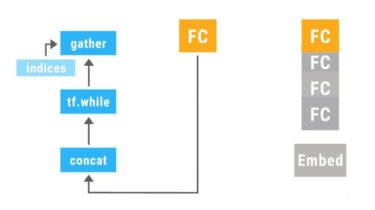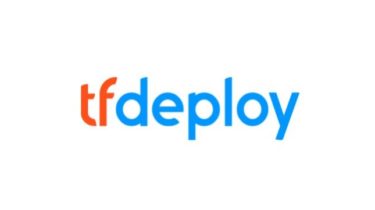Microsoft Turing Universal Language Representation model, T-ULRv5, tops XTREME leaderboard and trains 100x faster
Today, we are excited to announce that with our latest Turing universal language representation model (T-ULRv5), a Microsoft-created model is once again the state of the art and at the top of the Google XTREME public leaderboard. Resulting from a collaboration between the Microsoft Turing team and Microsoft Research, the 2.2 billion-parameter T-ULRv5 XL outperforms the current 2nd best model by an average score of 1.7 points. It is also the state of the art across each of the four […]
Read more